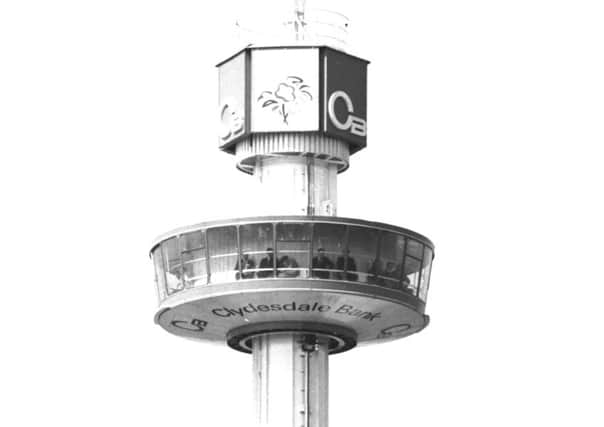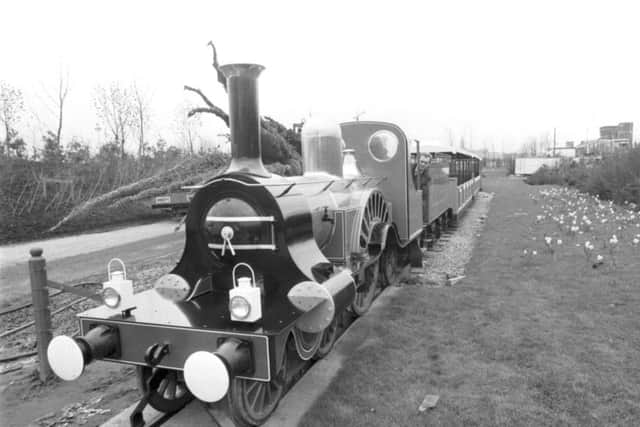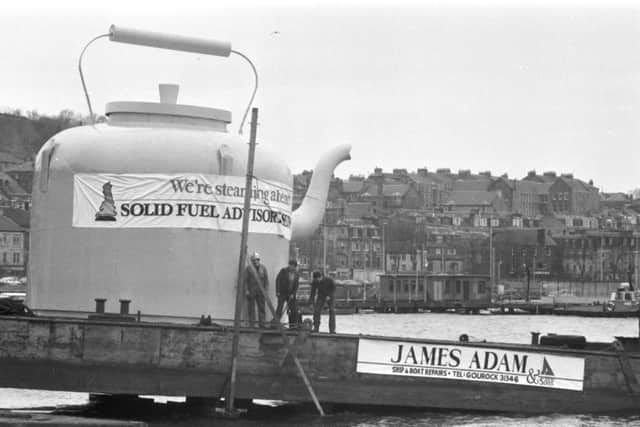The Glasgow Garden Festival: A true legacy or a glorious failure?


The Glasgow Garden Festival was the first international event to be held in Glasgow in over 50 years following the Empire Exhibition in 1938 and arguably marked a turning point in the fortunes of the biggest city in Scotland. With substantial investment in the event, the Festival signalled a rebirth of the city from a historically industrial city to a hub of culture with Glasgow being named as the European City of Culture in 1990.
The event was undoubtedly a success with over 4 million visitors descending on the city, making the Glasgow event being the most popular of the five Garden Festivals held across the UK.
Advertisement
Hide AdAdvertisement
Hide AdIndeed, the number of visitors at the Glasgow event surpassed the target set by organisers by 40%. Glasgow council reported that an estimated £100 million was injected into the local economy during the Festival with £170 million being pumped into the economy in the next five years.


The arrival of the festival also cemented a new policy for the city of Glasgow as a whole.
In the early 1980s, a new strategy was pursued to encourage job creation in sectors that were new to the city, to help replace the jobs lost in our manufacturing industries. With Glasgow now being one of the most popular tourist locations in the UK, it could be argued that the success of the Glasgow Garden Festival was vindication of this new policy.
However, it could be also argued that the event had a limited legacy on the city and only served as a short term gain. Indeed, some argue that that there was an exceptionally limited physical legacy from the Garden Festival.
The site of the Festival was based on the south bank of the River Clyde, opposite the Scottish Exhibition and Conference Centre with the overall aim that the Festival would boost development in the area. However, despite the hope that the site on Plantation Quay and Princes Dock would be redeveloped, the site remained derelict post-Festival until the development of Pacific Quay and the Glasgow Science Centre.


Following the event, Clydesdale Tower was sold for £400,000 being swiftly dismantled and re-erected in the Welsh seaside resort of Rhyl, with the Coca-Cola rollercoaster also being removed quickly from the site. The Glasgow trams, that returned for the first time in 26-years, were also removed with other features of the festival, such as the Yellow Kettle, being stripped and and placed in other parts of Scotland.
Regardless of how the Garden Festival is viewed, many of the attractions from the event are still loved by those that visited between April and September 1988. While the short term effects of the festival may be perceived as slightly negative, the Glasgow Garden Festival arguably helped shaped the future of the city, allowing Glasgow to develop away from its industrial routes into an arts and culture hub.